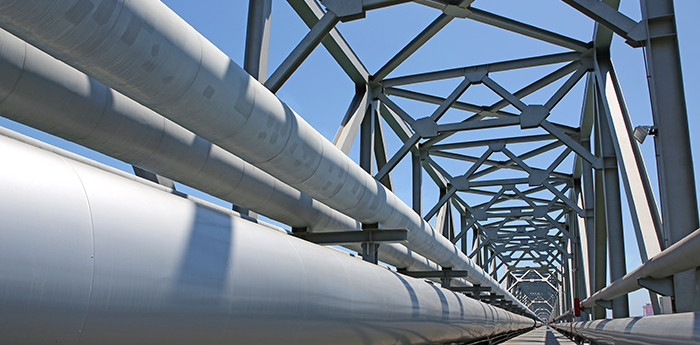The preservation of a pipeline prior to service requires the appropriate corrosion control measures be adopted and maintained. The development and implementation of a preservation plan should first consist of the following:
- Review of prevailing regulatory requirements
- Review of all relevant information on the pipeline system
- Consultation with stakeholders on duration and expected outcomes
- Acquisition of regulatory and stakeholder approvals
- Implementation of preservation plan scope, which should include post-preservation and pre-commissioning responsibilities
Issues identification and management will require addressing potential mechanisms of corrosion including, but not limited to, bacterial control to mitigate microbiologically influenced corrosion. In pipeline preservation, this will entail control over planktonic and sessile bacteria.
Effective biocidal treatment in oilfield systems typically requires:
- An asset that is free of solids – microbes utilize food sources of exceptional diversity
- Prescribed contact times – to mitigate and control established colonies
- Prescribed dosages – biocidal efficacy occurs at specific concentrations over time
- Periodic treatments – bacterial survivors can re-establish patterns of growth
In pipeline preservation, these treatment steps are supplemented by dry lay up and inoculation of the preservation water at dosages capable of providing control over pre-existing colonies in the dilution water and pipeline over the expected duration. These dosages are best determined following review of the pipeline system, expected outcomes, and the required scope of the deactivation plan which would include availability of UV treatment, capacity for periodic testing and treatment, and any requirements for deactivation of residual biocide.
The quality of water used in the preservation plan will also have a direct effect on the potential severity of corrosion to be expected. For example, the use of seawater for offshore pipeline preservation may lead to general corrosion and pitting due to the presence of dissolved oxygen and chlorides. Therefore, where filtration or desalination is unavailable, a chemical treatment plan will typically entail the use of oxygen scavengers and corrosion inhibitors as well as biocides, of which not all are compatible.
Following this information, applicable biocides in offshore pipeline preservation plans should be nonoxidizing, fast-acting, have low environmental toxicity and low-dose efficacy, and be susceptible to deactivation where needed or required. Talk to your West Penetone representative for more information on the preservation products PENETONE 7050M and 7052M.

